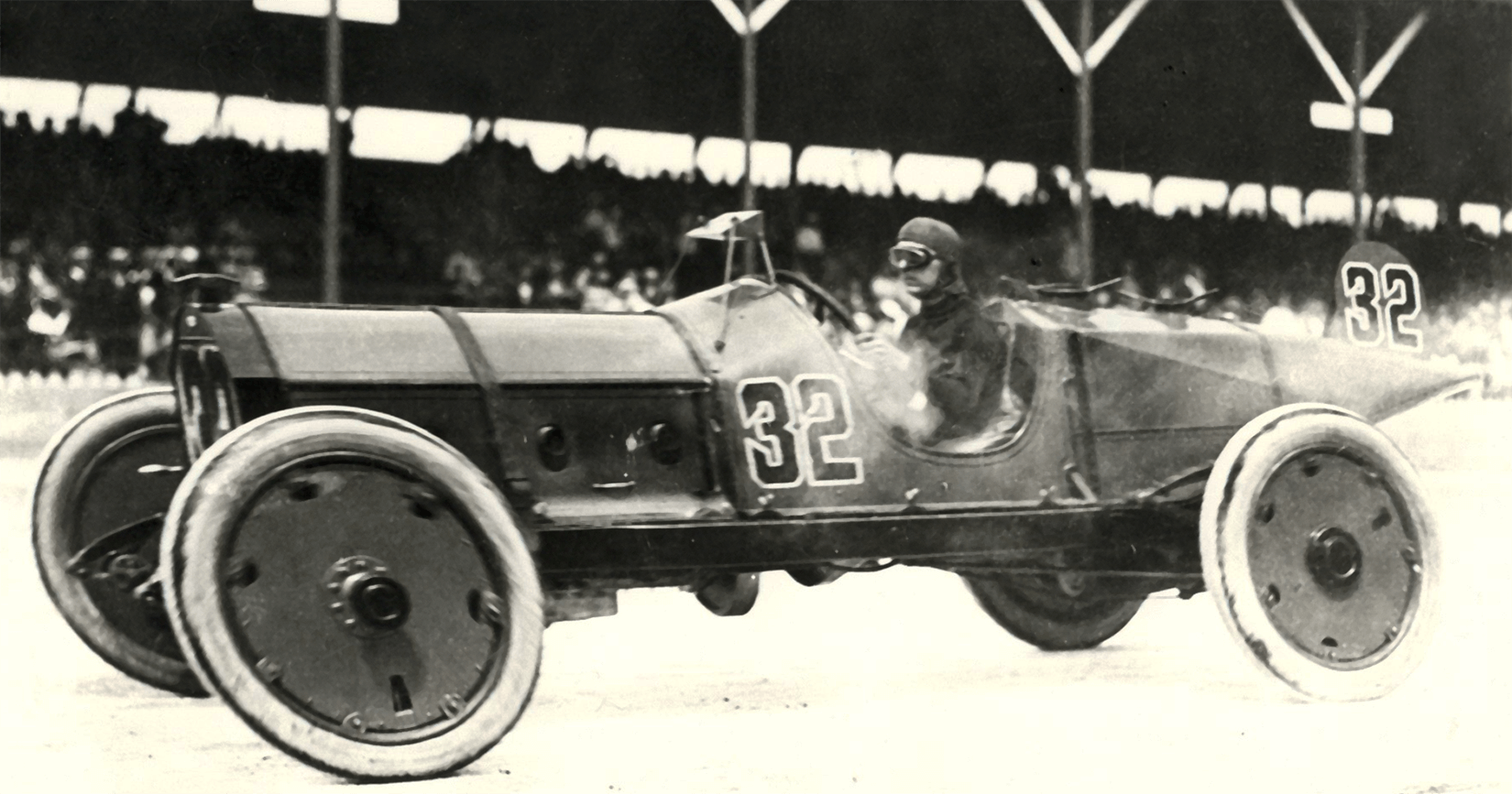For hundreds of years we’ve been working with the same materials: Copper, bronze, iron. For the most part, we’ve got these metals figured out. Then suddenly some scientists come along and zap up some new hybrid material no one has ever seen before. No wonder there’s so much misinformation out there about chrome-moly.
But just like the existence of big foot or whether Miley Cyrus is really an alien, someone really needs to set the record straight. Is chrome-moly really significantly lighter than normal steel? Do you really have to pre-heat it? Let’s put these 2 Chrome-moly myths to the test.
First Off, What is Chrome-Moly?
Chrome-moly is an alias. The metal’s real name is actually 41xx Steel. It’s produced from a combination of chromium and molybdenum. While most of us are familiar with chromium, molybdenum is not an element we typically hear about. It’s a type of metal that doesn’t exist in its alloy form naturally and has the sixth highest melting point on the periodical table.
Myth 1: Chrome-Moly is lighter than Steel
Chrome-moly has an excellent weight-to-strength ratio. This makes it ideal for use on any project where weight can be an issue. For instance, chrome-moly is commonly used on motorcycles, higher-end bicycles and aircraft parts. But if a motorcycle made with chrome-moly weighs less than a motorcycle made with steel, doesn’t that mean that chrome-moly is lighter than steel? No. Practically all high-strength steels have a similar density (specific weight). The reason a motorcycle made with chrome-moly is lighter is because they use less material to get the same level of strength (since chrome-moly is stronger).
Myth 2: Chrome-Moly must be preheated
There’s still some welding experts that insist on always preheating chrome-moly. They say, “Sure you don’t have to preheat chrome-moly all the time, but it doesn’t hurt to do it anyways.”
And they’re right, in a sense. It won’t hurt you to preheat chrome-moly. But it will take up more time. And the proven truth is that you don’t always have to preheat. If your material is less than an 1/8th of an inch (.125”) thick, preheating is not required.
If you’re interested in welding high-strength materials, here’s a couple of our favorite machines to use with chrome-moly:
*photos by Alchemist-hp






